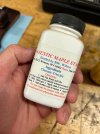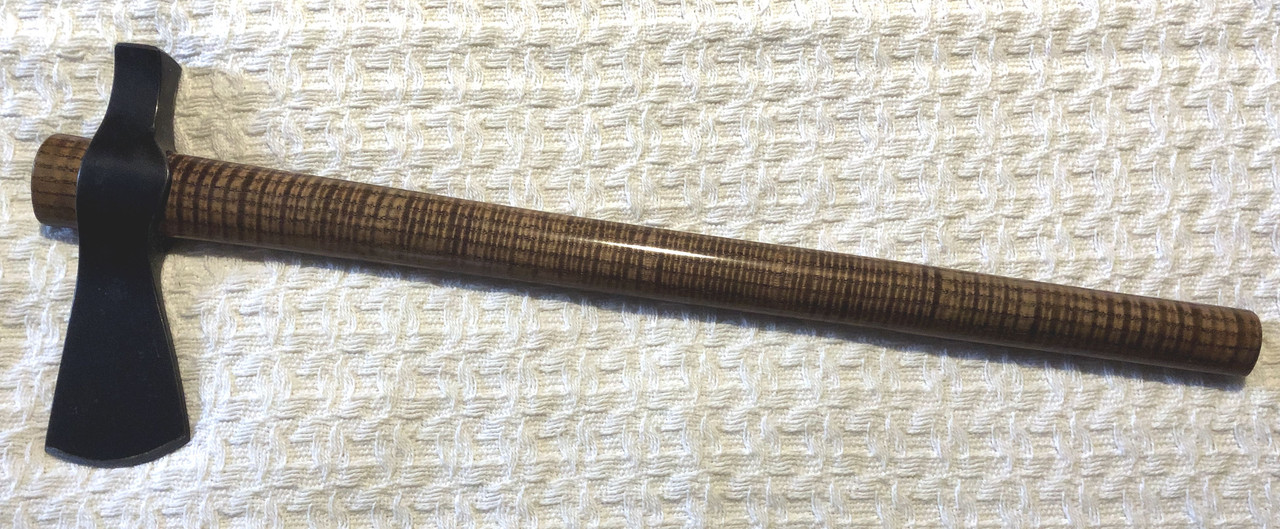- Joined
- Aug 25, 2018
- Messages
- 154
Hi all,
I have a first-world problem that I am hoping you might be able to help with. I have a few knives that I would like to have rehandled in my favorite wood -- Curly or "tiger" maple, with an amber/honey/orangey color to it. I am not a knifemaker, but I have lots of tiger maple furniture in my house and it's a pretty simple matter to get the color you want on some tiger maple furniture (which is very blond/light in its natural state). You can just spray on some water-soluble dye until you get the color you want.
I understand that it's different with knife scales. The maple is not so hard (as compared to desert ironwood for example), so it has to be stabilized. And one can add dyes to the stabilization mixture to color the wood throughout the piece. The trouble is that the companies that do a professional job with stabilization, like Knife and Gun, only have so many dye options, and I am not in a hurry to buy a bunch of highly figured tiger maple and send it off for dying and stablization only to see that the resulting color is not at all close to what I was looking for.
Here are my specific questions:
(1) Does anyone have a photo of some tiger maple that was stabilized in K&G's "yellow" dye?
(2) Does anyone know a reputable source for curly/tiger maple knife scales that already have been dyed and stabilized?
(3) Has anyone worked with curly maple that was "roasted" or "toasted" in an oven to produce a honey color throughout the piece?
Thanks in advance for any suggestions you may have.
Edit: I just inserted a photo of a tiger maple box that has the colors/hues that appeal to me.

I have a first-world problem that I am hoping you might be able to help with. I have a few knives that I would like to have rehandled in my favorite wood -- Curly or "tiger" maple, with an amber/honey/orangey color to it. I am not a knifemaker, but I have lots of tiger maple furniture in my house and it's a pretty simple matter to get the color you want on some tiger maple furniture (which is very blond/light in its natural state). You can just spray on some water-soluble dye until you get the color you want.
I understand that it's different with knife scales. The maple is not so hard (as compared to desert ironwood for example), so it has to be stabilized. And one can add dyes to the stabilization mixture to color the wood throughout the piece. The trouble is that the companies that do a professional job with stabilization, like Knife and Gun, only have so many dye options, and I am not in a hurry to buy a bunch of highly figured tiger maple and send it off for dying and stablization only to see that the resulting color is not at all close to what I was looking for.
Here are my specific questions:
(1) Does anyone have a photo of some tiger maple that was stabilized in K&G's "yellow" dye?
(2) Does anyone know a reputable source for curly/tiger maple knife scales that already have been dyed and stabilized?
(3) Has anyone worked with curly maple that was "roasted" or "toasted" in an oven to produce a honey color throughout the piece?
Thanks in advance for any suggestions you may have.
Edit: I just inserted a photo of a tiger maple box that has the colors/hues that appeal to me.

Last edited:


